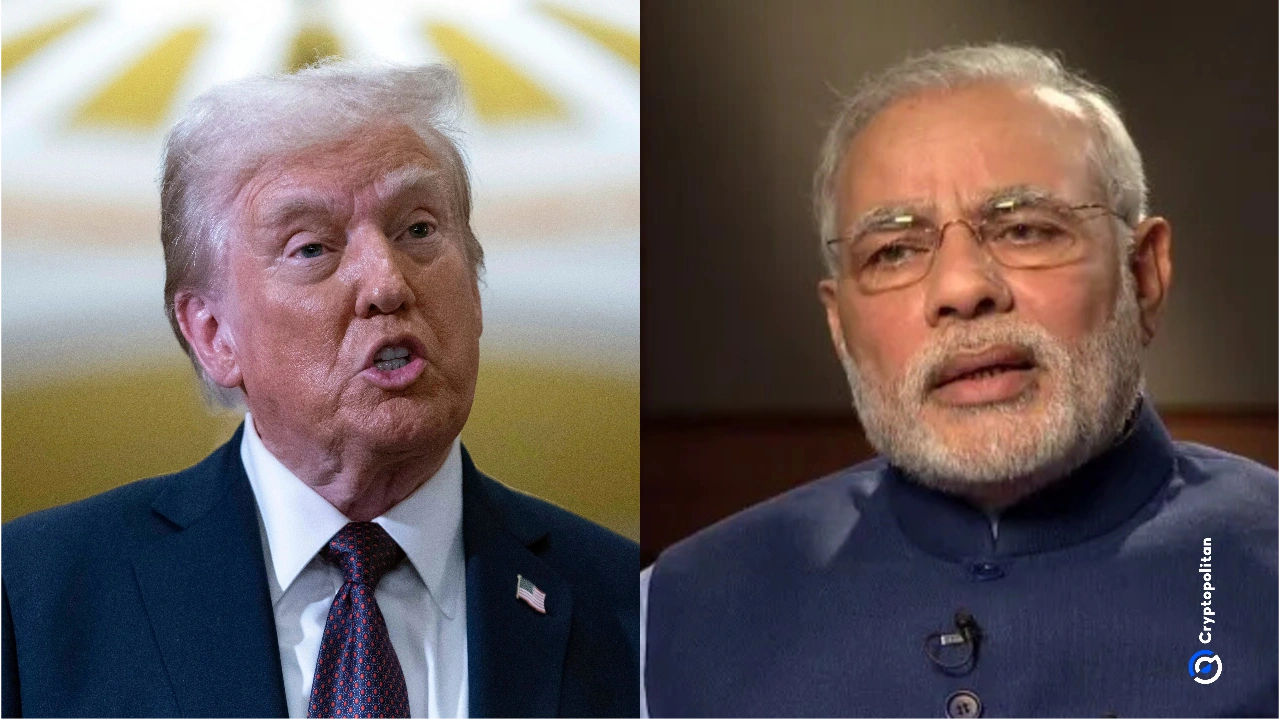
Exchange Stablecoins Ratio (ESR) and Stablecoin Supply Ratio (SSR) provide important insights into Bitcoin’s liquidity and potential purchasing power. The ESR measures the percentage of stubcoin compared to the Bitcoin exchange reserve and acts as a gauge of spot liquidity.
A low ESR reflects a limited immediate purchasing power, while a high ESR refers to a wealth of capital waiting to move to Bitcoin. The SSR shows the relative strength or weakness of stable demand, comparing Bitcoin’s market capitalization with the total security supply. Together, these two metrics outline the strength of liquidity support behind Bitcoin prices.
In 2025, ESR continued to decline, strengthening the broader trends that began in 2023. At the beginning of April, the ESR was around 0.000056, gradually fell to 0.000053 by the end of the month. This shows some of the lowest ESR levels seen so far, reflecting the lack of stablecoin compared to the exchange’s Bitcoin reserves. Historically, markets with ESR suppression have been more vulnerable to negative side shocks and are unable to support strong upward movements without external capital inflows.

The supply ratio of Stablecoin increased sharply throughout April. The SSR rose from 12.8 at the beginning of the month to 15.9 by the end, returning to the level last seen in February. This increase reflects a weaker purchasing power of stubcoin compared to Bitcoin’s market capitalization. High SSR historically meant that only Stablecoin flows would reduce the ability to maintain large gatherings. The stagnant SSR in April confirmed that more than $90,000 was not built on the influx of strong stabilised currents and new speculative demand from bystanders.

Despite this background, Bitcoin prices remained stable between $91,000 and $95,000 in April, closing off the nearly $95,000 month month. Price stability in the absence of strong stubcoin support shows the fundamental strength that lies elsewhere in the market. Without a significant material inflow of stubcoin, Bitcoin’s resilience could be attributed to an increase in ETF inflow and to a reduction in long-term holders’ selling pressure.

The combination of ESR, SSR and Bitcoin spot price behaviors reveals a supply-constrained environment rather than being fueled to new demand. The decline in ESR limits the ability of a stable ability to turn prices upside down.
The sustained high SSR showed that the wider stablecoin base was not expanding quickly enough to effectively raise the price of Bitcoin. However, the BTC continues to gather, suggesting that the support structure has shifted to retracting institutions, ETFs and sell-side liquidity rather than the arrival of new buyers.
In April, there was no significant increase in stubcoin exchange inflows. Similarly, the SSR did not decrease. This would indicate an expansion of Stablecoin-led purchasing power. Retail demand from Stablecoins remained absent. Therefore, Bitcoin’s resilience was supported by external factors of stable liquidity, lifting up heavy ETF allocations and passive spot accumulation.
A high combination of low ESR and SSR means that Bitcoin prices are primarily supported by long-term holders reducing sales rather than the influx of existing spot demand, ETF inflows or new stubcoin liquidity commonly seen in strong retail-driven gatherings.
During April there were no signs of a significant short-term inflow of new capital from Stubcoin. If Bitcoin attempts to infiltrate from $95,000, the current structure will require an increase in external purchases, such as additional ETF flows or direct FIAT inflows, or sudden spikes in Stablecoin sediment, to replace either the increase in external purchases, or the sudden spikes of Stablecoin sediments.
As Stablecoin’s purchasing power remains low, Bitcoin’s price spikes, supported by ETF demand, remained first appearing in Cryptoslate.









